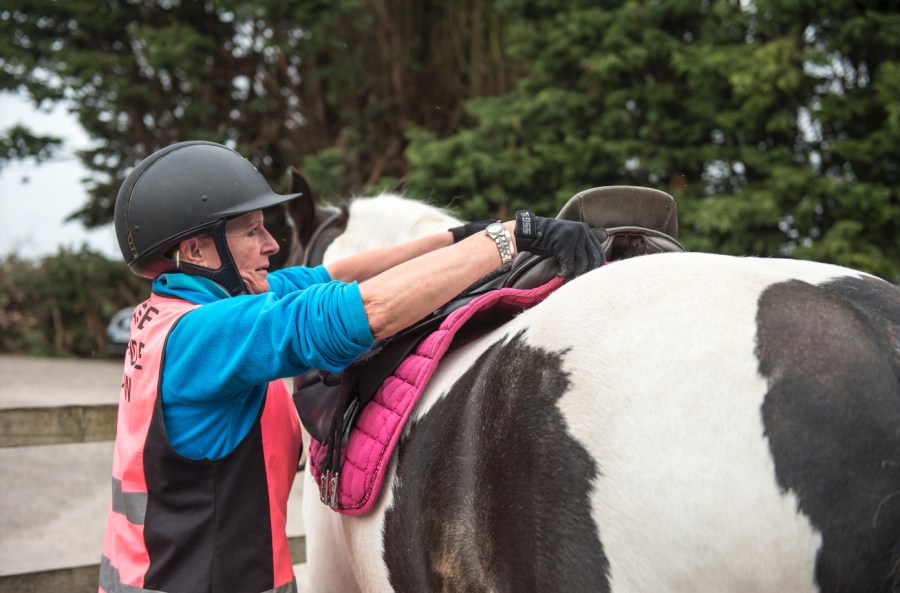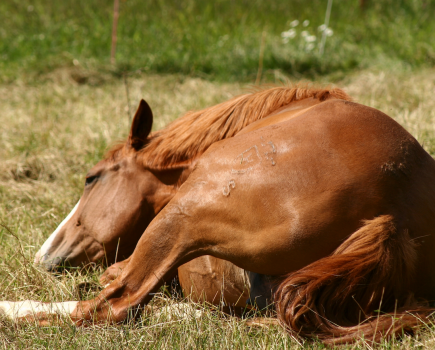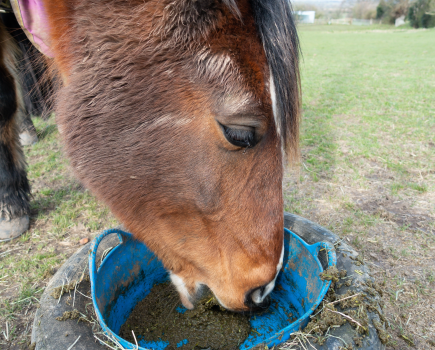Research has shown that displaying grumpy behaviours when being tacked up or mounted can be indicative of an underlying physical issue in your horse, writes Emily Bevan.
A study of 193 horses identified 64 behaviours — many of which are considered ‘normal’ by riders — relating to tacking up and mounting. These were more commonly displayed in those horses that were lame, had ill-fitting tack or were ridden by someone who sits too far back in the saddle.
“We analysed the relationship between equine behaviour when tacked up and mounted and the presence or absence of increased back muscle tension, back muscle pain, girth region hypersensitivity, saddle fit for horse and rider, rider position and balance and lameness in hand or ridden,” said renowned equine vet Sue Dyson who presented her research at the World Horse Welfare’s ‘Tacking up – being a pain or in pain?’ webinar earlier this month.
While riders were able to recognise potentially dangerous behaviours like kicking or attempting to bite, they were less likely to notice the more passive and subtle actions like chomping on the bit, a horse putting their ears back and tail swishing.
A poll taken at the beginning of the webinar revealed 12% of the audience believed their horse was unhappy when being tacked up or mounted, but after watching Sue’s presentation of the research this figure increased to 42%.
“Recognition of behaviours is important because abnormal behaviour during tacking up and mounting may reflect anticipation of pain during ridden exercise,” said Sue.
‘Learn to look and see’
During the study, each of the horses was clinically assessed, observed while being tacked up and mounted, and underwent a saddle fit assessment before being ridden in walk, trot and canter. They were then graded for lameness using a scale of 0-8 and the resulting figure was combined with their Ridden Horse Pain Ethogram (a series of behaviours which can be used to help diagnose the presence of musculoskeletal pain) score.
Using this formula, it was determined that of the 193 horses, which were all believed to be working comfortably by their riders, 70% were moderately lame when ridden on a scale of non-lame, mild, moderate or severe lameness.
“The rate of abnormal behaviour during tacking up for horses with moderate lameness, based on grade of lameness and RHpE score, was 1.4 times higher than for non-lame horses,” explained Sue.
“Owners need to be aware that these behaviours are not normal and may be a manifestation of underlying problems. Learn to look and see. Education is important for the improvement of equine welfare and performance.”
If you consistently recognise abnormalities of behaviour during mounting or tacking up it’s important to seek professional help for your horse.









